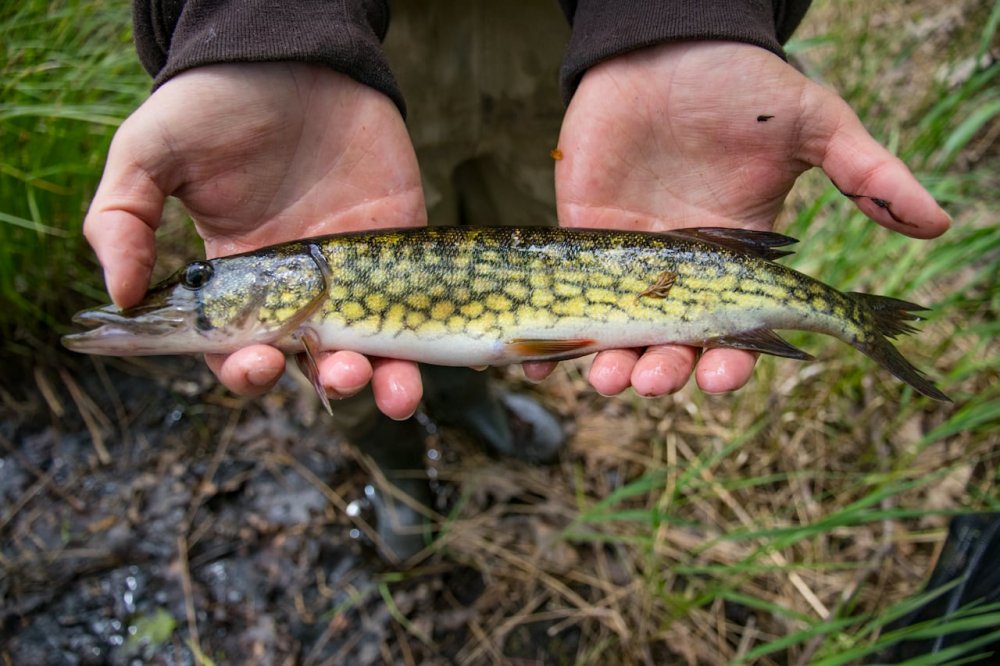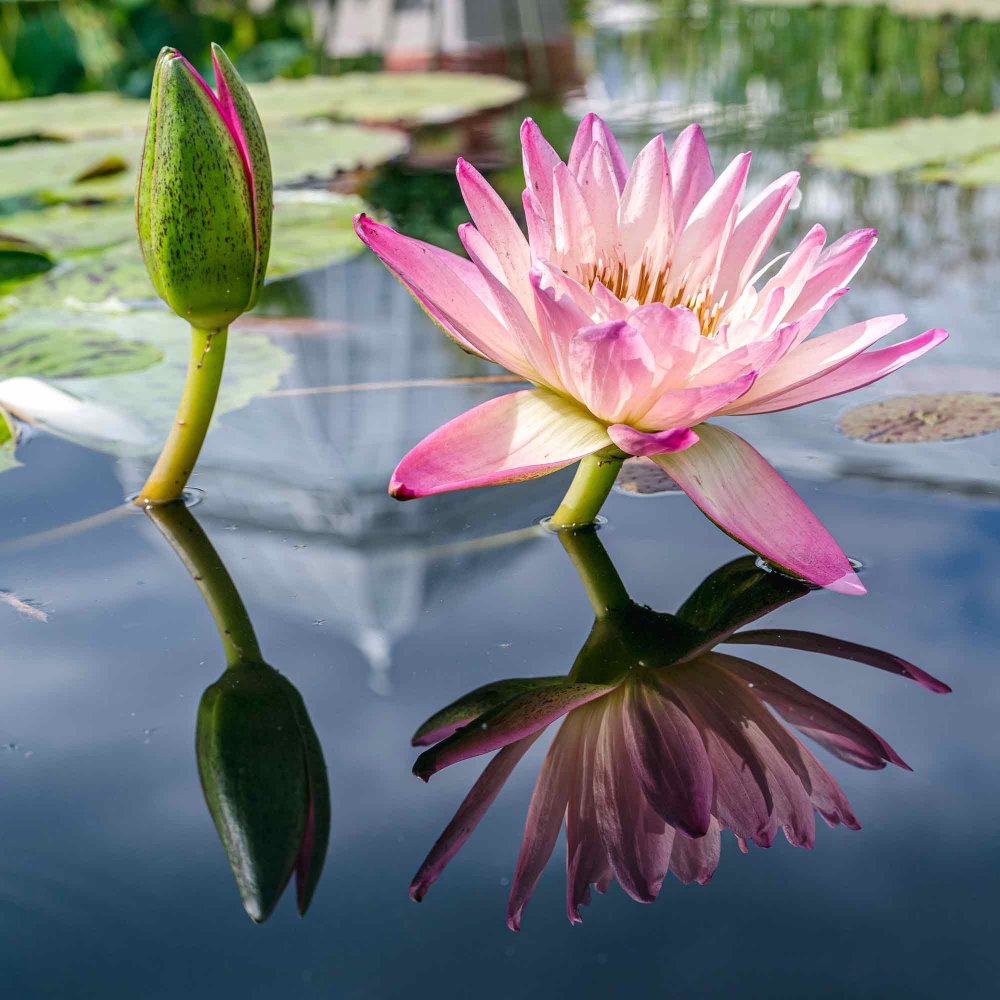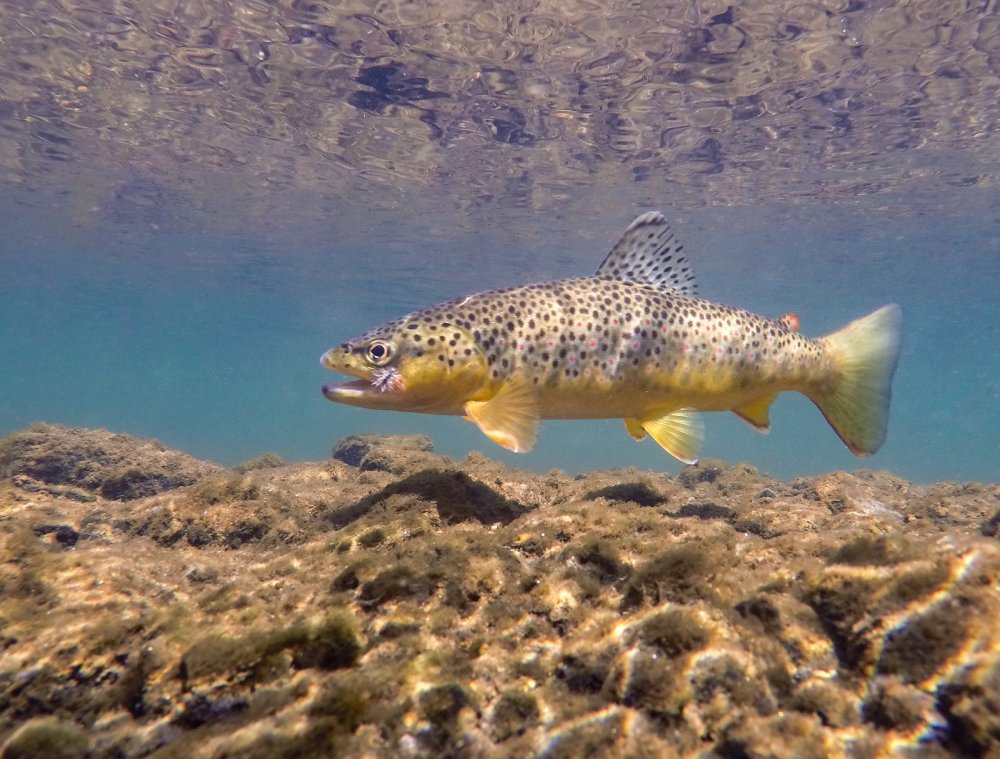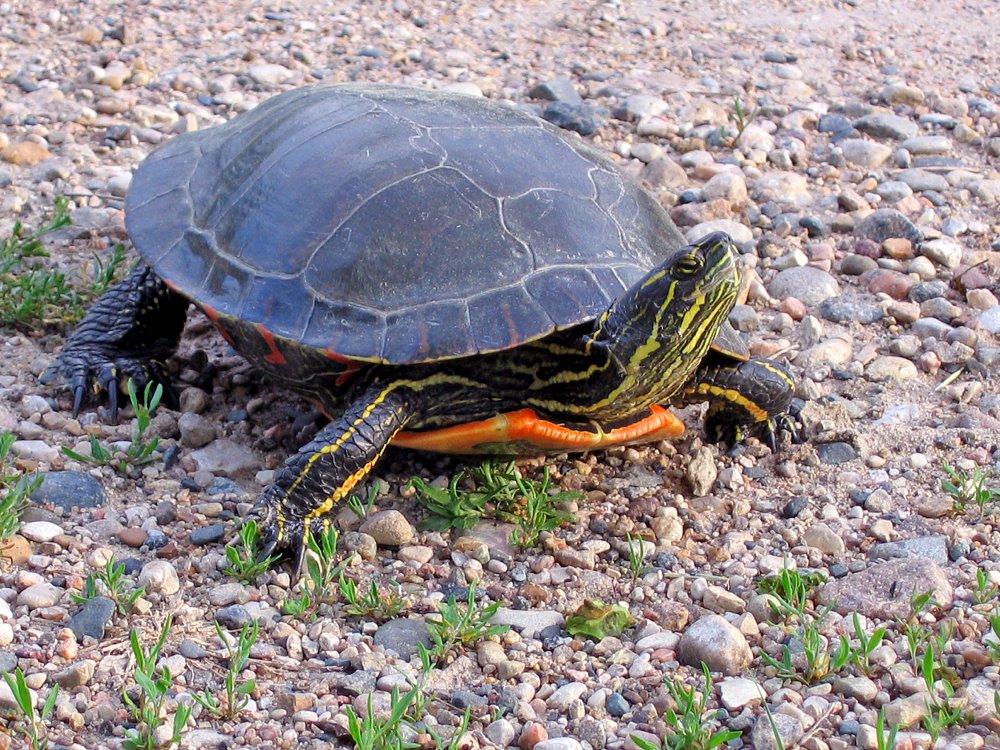Wildlife (3/4)
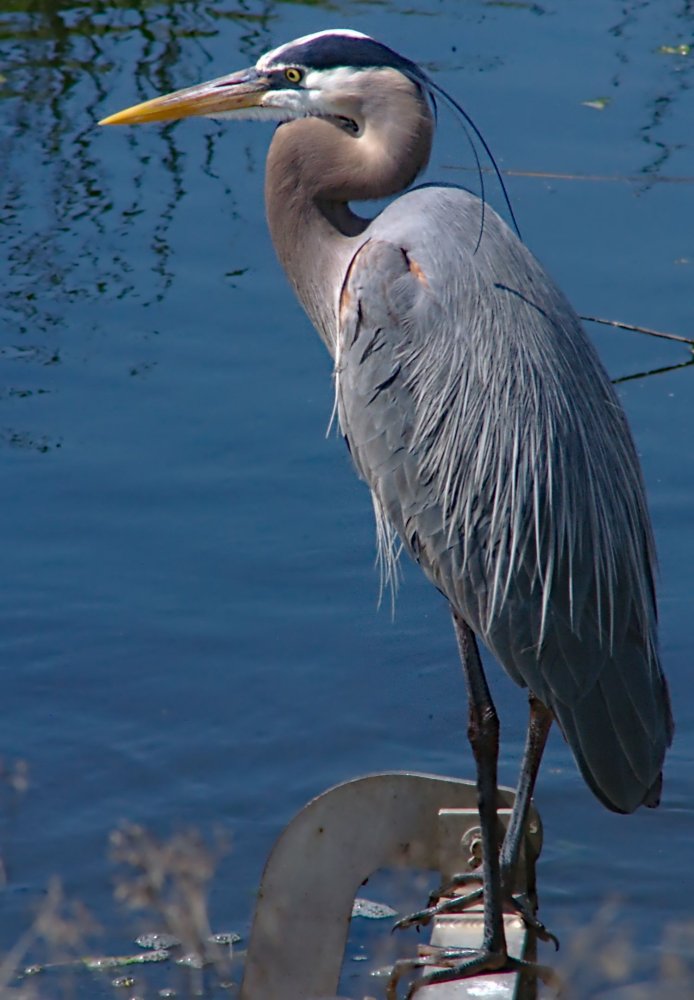
Kayaking is an outdoor activity. Yes, kids, you’ll have to put down your game controllers and go outside. Out there is what us older folks call nature. Nature can actually be quite beautiful and interesting, and you don’t have to worry about your screen resolution and refresh rate – both are infinity. So here is a short list of flora and fauna ( plants and animals ) that you might see in freshwater environments:
More: Wildlife …
Harbor Seal
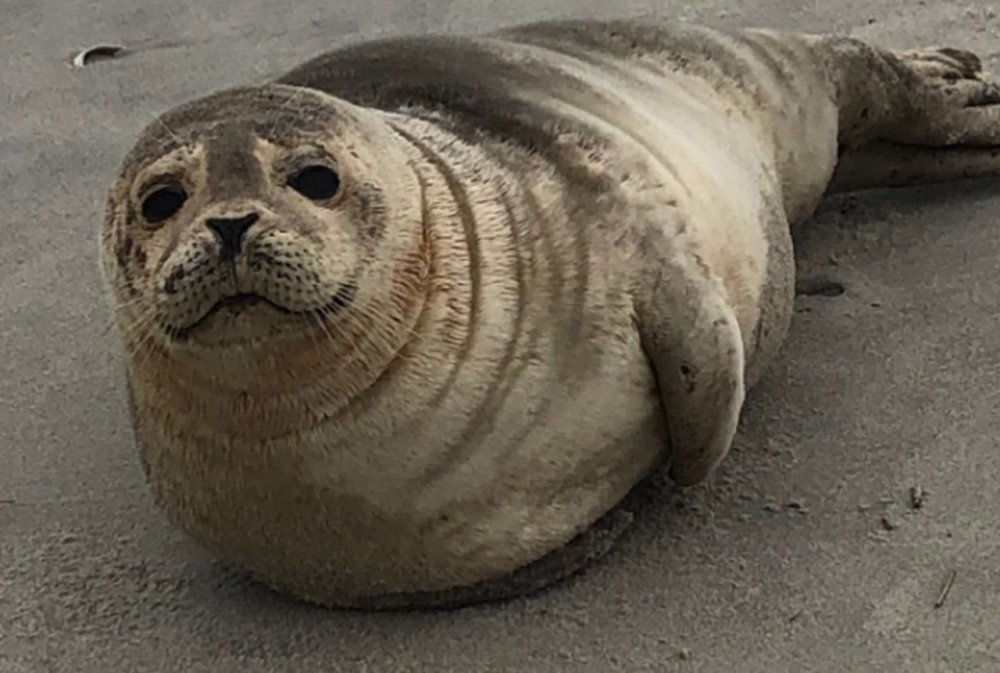
Harbor seals are not uncommon in the winter, but kayaking is, so don’t expect to encounter them when you are out for a paddle.
More: Seals & Dolphins …
Sedges and Reeds are superficially similar, but actually quite different. But unless you are a biologist – who cares? ( Reeds are grasses, sedges are sedges. )
Sedges
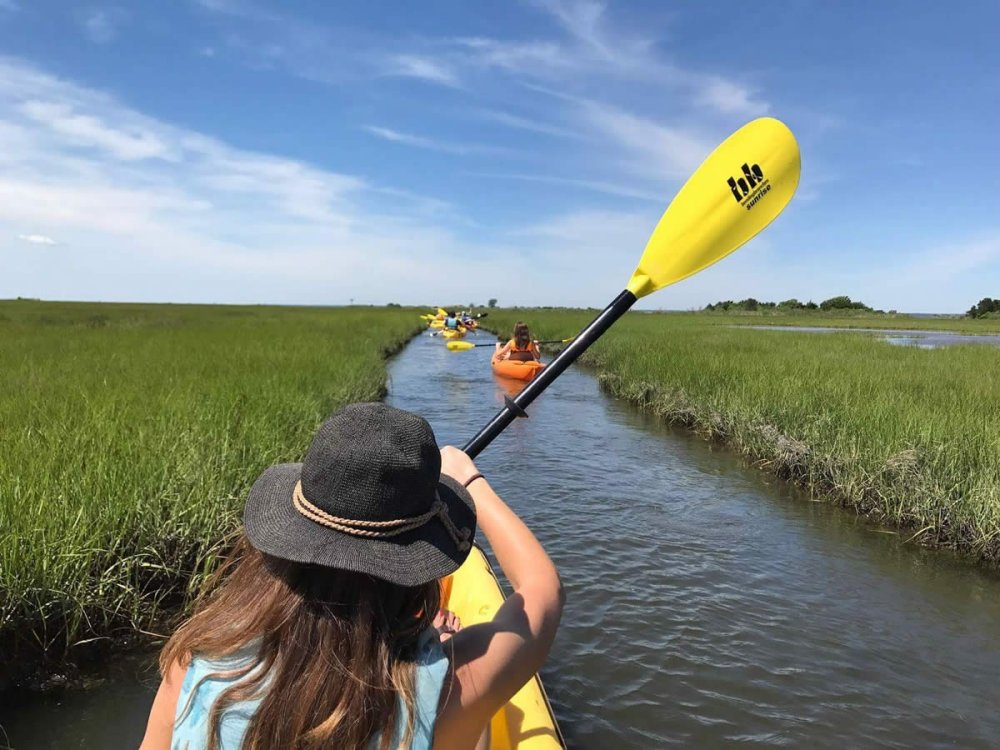
Sedges tolerate a wide range of salinity, from freshwater to seawater, although they seem to grow best in brackish water. So, like above, if you are exploring a bay or inlet, that stuff all around you is most likely sedge.
More: Sedges & Reeds …
Common Watersnake
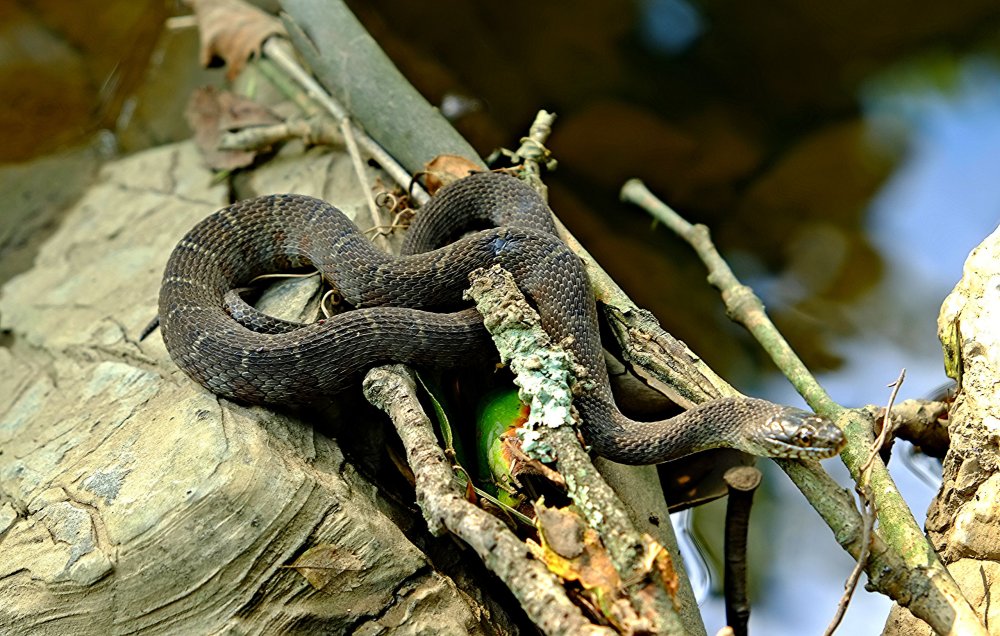
This is one of the most common snakes in NJ, inhabiting freshwater streams, ponds, lakes, swamps, marshes, and bogs throughout the state. This snake will likely retreat from you, but if you have to push your luck, this bad-tempered critter can give you a nasty non-venomous bite, and is likely to hold on for quite a while. All snakes are good swimmers, but this one actually likes the water.
More: Snakes …
Orbweavers
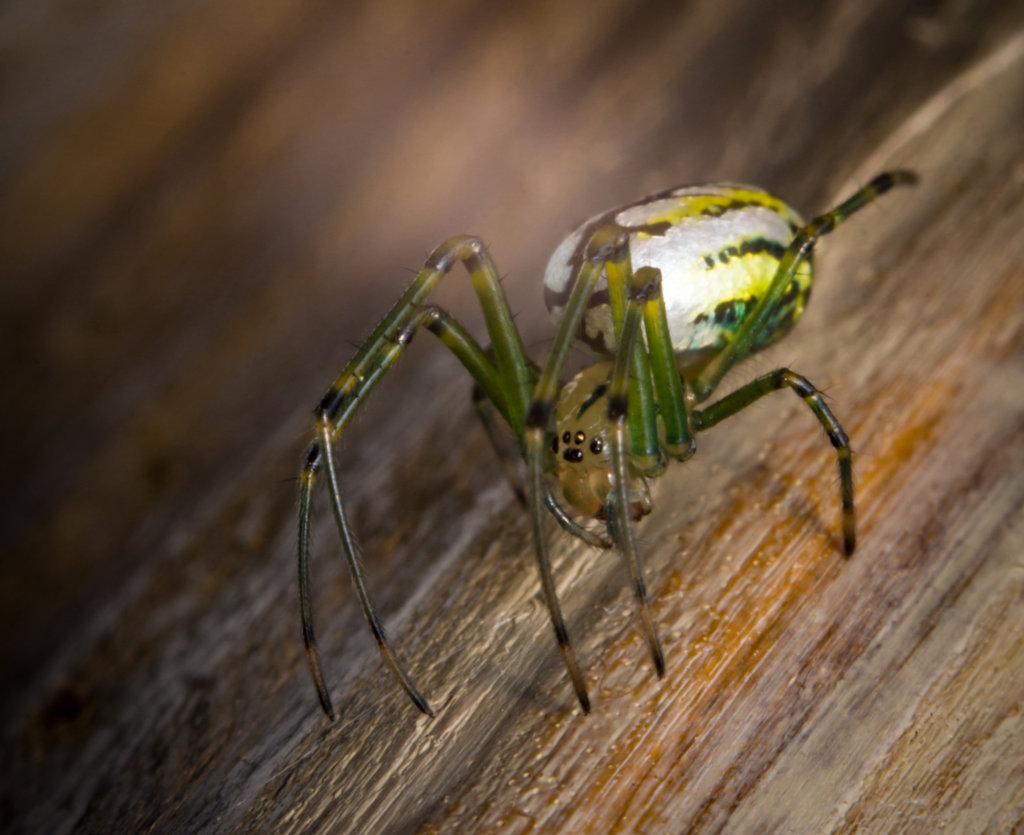
If you are trying to escape the sun in the shade of overhanging tree branches, you are inevitably going to get spiders in the boat. These are almost entirely harmless orbweavers – they are not aggressive and don’t bite, and are not poisonous to humans, at least no more poisonous than a honey bee. That said, our brains are programmed at the most basic level to fear spiders, and I don’t like them any more than anyone else. Just calmly knock it out of the boat.
More: Spiders …
Bluegill Sunfish
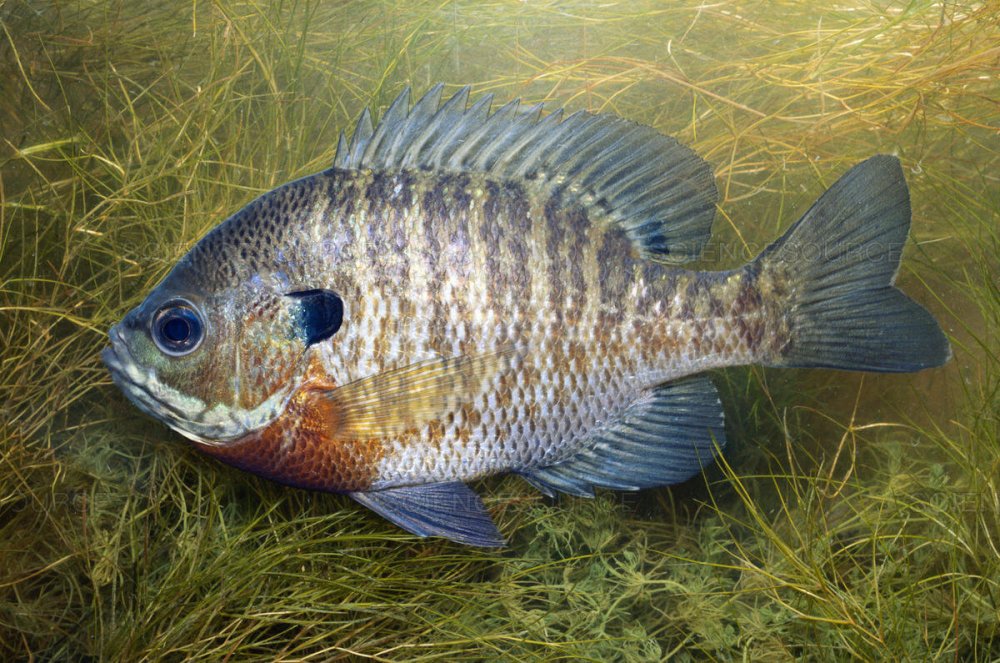
There is scarcely a body of water in the state that does not have Bluegills in it. Bluegills get to a foot long, but are seldom seen at that size.
All sunfishes are aggressive and territorial. Their belligerence is heightened in the confines of an aquarium, where you may start out with several small ones, but you will end up with just one big one. A sunfish will tear a fish-store cichlid to pieces. They adapt readily to regular fish food, but lose most of the attractive wild colors.
More: Sunfish & Crappie …
These are small birds that are often seen over water. They both feed on flying insects, which they catch on the wing, and over water seems to be a good place to do that. At night, these birds are replaced by bats, doing the same thing. You are unlikely to get a good look at any of these, as they are all very fast and agile fliers.
Chimney Swift
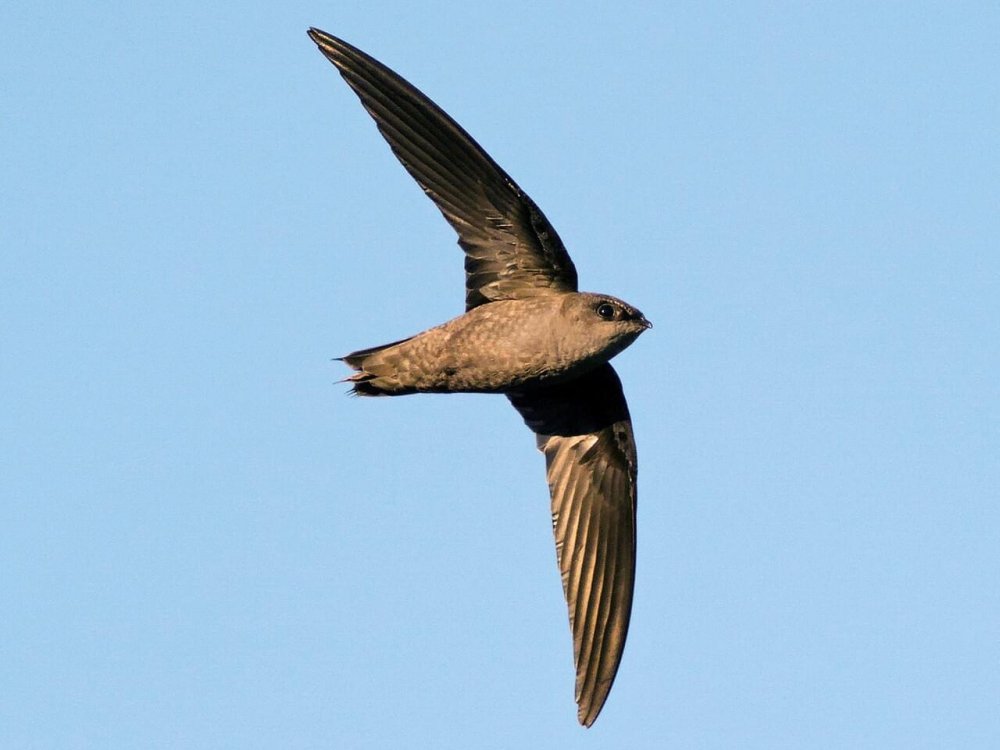
More: Swifts & Swallows …
